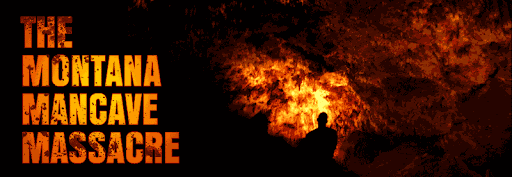I wish I’d stumbled upon Lake Mungo while channel surfing at 3 am. Its faux-documentary format is a spot-on recreation of your standard “real-life haunting” TV program, and without knowing it was fiction going into the film, I would have spent at least the first hour wondering if what I was watching was real. The chills would have been absolutely convulsive.
As it was, I went in fully aware of what the movie was, and found it pretty boring.
Don’t get me wrong, Lake Mungo is a well-made film with a talented cast that is 100% convincing as the grieving family and friends of Alice Palmer, a 16-year old girl who drowned before she starts making appearances in the background of family photographs and videos. The problem is the inherent limitations of making a film in this format.
Lake Mungo’s primary asset is also one of its biggest downfalls. The cleverly executed documentary format is precisely what makes the relatively tame ghostly appearances work. You see a glimpse of a shape moving across the frame or a blurry face reflected in a mirror, and it’s far more terrifying than it has any right to be, simply because it so closely resembles countless accounts of supposedly real hauntings. The lo-fi recording equipment also works to the film’s advantage. The film’s scariest moment comes in the form of a maddeningly pixilated cell phone video that looks hauntingly real precisely because the image quality is so bad. The less you can see, the more your imagination fills in the gaps. At the same time, the documentary format severely limits the suspense and sheer visceral impact the story could have. Very little can be shown in real-time, because the film relies so heavily on talking head narration.
The real downfall of the movie, however, is not its format, but its structure. After a good solid half hour of steadily-building creepiness, a twist in the narrative utterly destroys the film’s momentum. The middle of the movie drags horribly and I couldn’t help but wonder if the movie had anywhere left to go. But as hinted at earlier in the film, there is the matter of the deceased character’s secret life still to be uncovered, and the film begins to get interesting again. I say begins, because it never follows through. You get enough juicy secrets to tantalize your imagination, but believe me, whatever you might conjure in your mind is certain to be far more exciting than what the secret turns out to be.
Near the end, there’s one big scare that really worked for me, followed by an epilogue that dragged on and on. One of the film’s final scenes uses a great narrative device that intercuts video footage of Alice before she died with footage of her mother after her daughter’s death, both describing the same encounter with each other. It’s a cool scene, but by then, it’s too little, too late, and you just want the movie to end.
I chalk up Lake Mungo to a noble experiment. While it’s an interesting viewing experience, it never seems to kick into high gear and deliver on the scares it promises early on. It does, however, have enough going for it that I hope writer/director Joel Anderson continues his career in the horror genre.




